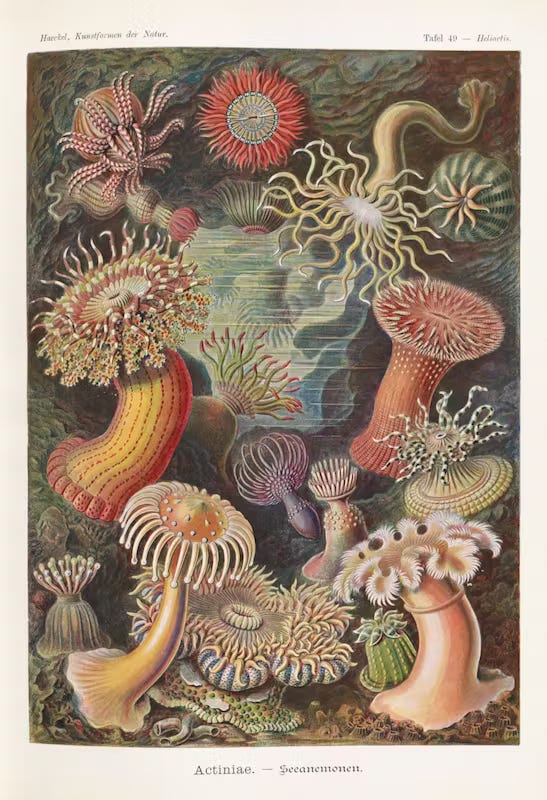Updated Axioms of Complexity
Welcome to Complexity Design, a section on design and its limits.
Welcome to Complexity Design, a section on design and its limits. Below is an updated list of axioms of complexity.
Interconnected overrules design: complex systems are not designable
Emergence (‘it just happens…’ as one student informally articulated) is the opposite of design.
There is no navigating complexity without self-leadership.
Confusion is …


